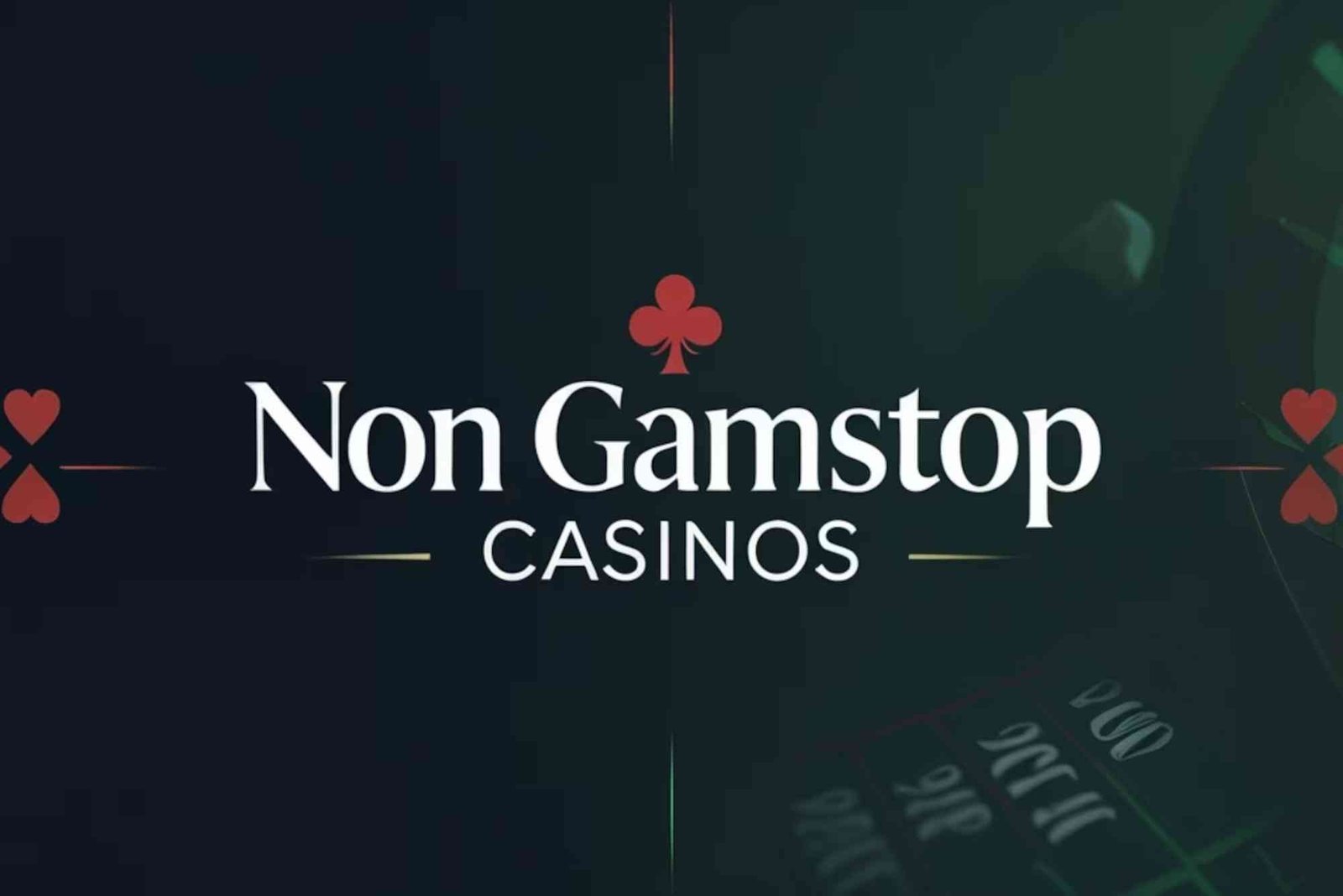Gamification has become a buzzword in the digital age. From fitness apps rewarding daily steps to loyalty programs offering badges, the idea of using gaming elements to enhance user engagement is everywhere. But nowhere is the impact of gamification more controversial than in the world of online betting and entertainment. Increasingly, platforms are blending the mechanics of play—points, levels, and rewards—with the risks and stakes of gambling. This raises an important question: are gamified platforms making it harder to distinguish between harmless fun and real-money wagering?
How Gamification Has Entered Gambling
Gambling platforms have long sought to make betting feel more engaging, but in recent years, gamification has transformed this process. Instead of straightforward wagers, players are now encouraged to complete challenges, earn badges, climb leaderboards, and unlock rewards. While these features may seem like harmless motivators, they tap into the same psychological triggers that make video games addictive.
For example, some online casinos have introduced mission-based play, where users complete daily or weekly goals to win bonuses. Others gamify loyalty by turning traditional points into collectible items or interactive achievements. This isn’t just about keeping players entertained; it’s about keeping them engaged for longer stretches of time, blurring the line between playing a game and placing a bet.
It mirrors the experience of exploring interactive retail spaces like non uk license casinos, where entertainment, engagement, and consumer choice overlap in ways that feel seamless. The intent is clear: make the gambling environment feel less transactional and more immersive.
The Psychological Pull of Gamification
Gamification works because it taps into fundamental human desires: achievement, competition, and progress. A spinning wheel of bonuses or a progress bar edging closer to a reward triggers anticipation and excitement, even if the underlying mechanics are based on chance.
This approach keeps players returning, much like mobile gaming apps that offer daily rewards for logging in. The difference is that with gambling platforms, money is always on the line. What begins as “just one more spin to complete a challenge” can quickly snowball into overspending, especially for those who struggle with self-control.
It’s this overlap between gaming-style incentives and gambling stakes that worries regulators and addiction experts alike.
When Play Stops Being Just Play
The danger of gamification in gambling is not simply that people play longer but that the activity stops feeling like gambling. By presenting wagers as part of a larger “game” with levels, prizes, and progress markers, platforms create an illusion of skill and control.
Players may convince themselves that they are improving or becoming more strategic, when in reality, the outcomes remain largely determined by luck. This illusion of progress can make it difficult to step back, encouraging more time and money spent than originally intended. For vulnerable individuals, it can lead to a slippery slope toward gambling-related harm.
Why This Matters for Younger Audiences
Another area of concern is the crossover between gamified gambling platforms and younger audiences raised on video games. Features such as loot boxes, spins, or randomized rewards in mainstream games already mirror casino-style mechanics. When these players transition to real gambling platforms, the mechanics feel familiar, making the shift more seamless—and potentially more dangerous.
The normalization of gambling-like features in everyday gaming environments has sparked debate worldwide. It challenges regulators to reconsider where gaming ends and gambling begins, and whether new protections are necessary to safeguard players.
Can Gamification Ever Be Positive?
It’s important to note that gamification isn’t inherently negative. When applied responsibly, it can enhance user experiences, encourage responsible play, and even help with safer gambling initiatives. Some platforms use gamified tools to promote healthier behavior, such as rewarding players for setting deposit limits or taking breaks.
The key lies in how these tools are implemented. If gamification focuses solely on prolonging play and increasing spending, the risks outweigh the benefits. But if it is designed to improve self-awareness and player safety, it could represent a positive evolution in the industry.
The Future of Gamified Gambling
Looking ahead, gamification is unlikely to disappear from the gambling industry. In fact, it’s more likely to become even more embedded as platforms compete for player attention in a crowded market. The challenge will be finding a balance between creating fun, engaging experiences and ensuring that gambling risks remain transparent.
Regulators may step in to set clearer guidelines on what constitutes fair gamification and what crosses the line into manipulation. For players, the responsibility will be to recognize when play stops being just entertainment and begins to resemble risk-taking.
Final Thoughts
Gamified platforms have undoubtedly blurred the lines between play and gambling. By combining interactive features with wagering systems, they create experiences that feel entertaining but can carry significant financial risks. The blending of gaming mechanics with gambling stakes makes it more difficult to separate fun from danger, especially for younger players and those prone to addictive behaviors.
The real question isn’t whether gamification belongs in gambling—it’s whether it can be harnessed responsibly. Done right, it could support safer play. Done wrong, it risks turning what looks like harmless fun into a gateway for gambling-related harm.





